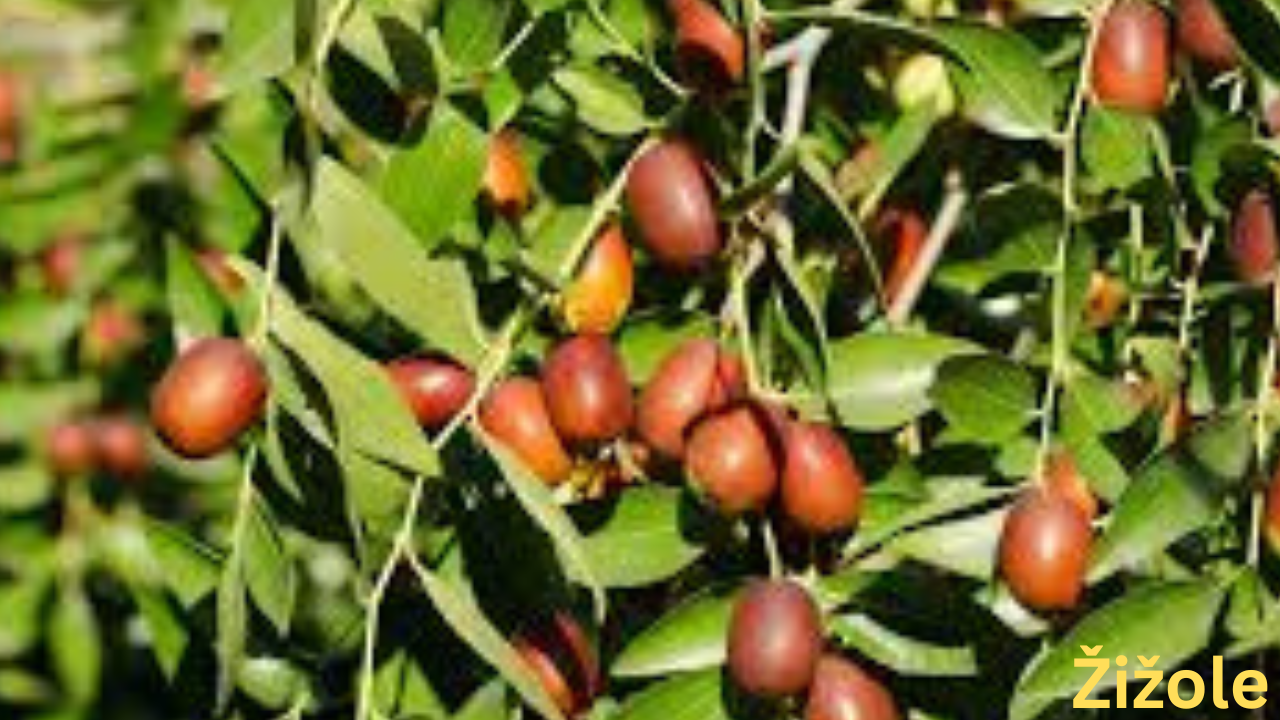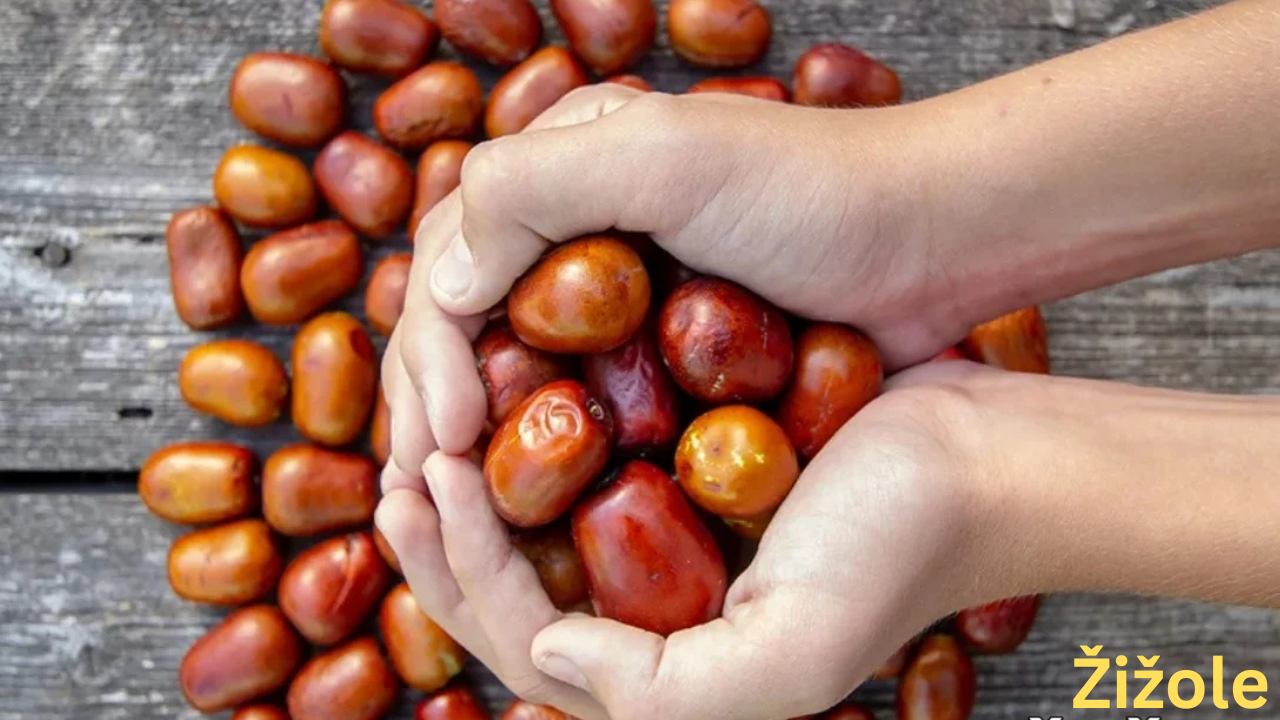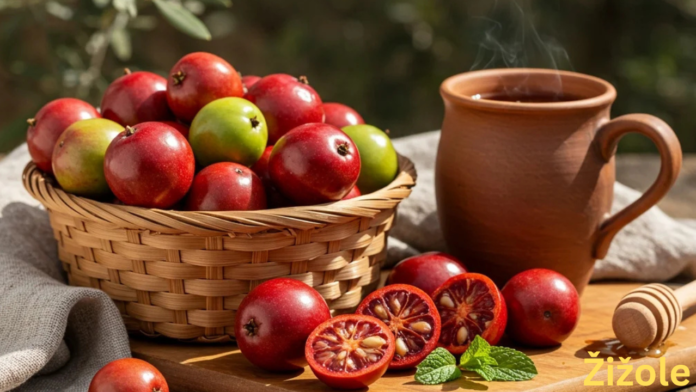Introduction: Rediscovering the Beauty of Žižole
In a world filled with exotic names and imported flavors, the žižole quietly reminds us that nature’s most profound gifts often come from simplicity. Though not always recognized in mainstream conversation, the žižole represents an ancient connection between people and the earth. Its name may sound unusual to some ears, yet its history and usefulness reveal a fascinating story about resilience, taste, and cultural memory.
Choosing between a modern fruit and a žižole may appear trivial, but this comparison highlights something larger: the difference between what’s convenient and what’s genuine. The žižole, small and modest in form, carries lessons that go far beyond its outer shell — lessons about endurance, patience, and quiet beauty.
The Origin and Cultural Presence of Žižole
The žižole has traveled across centuries, adapting to climates, lands, and cultures. In different regions, it goes by different names, yet the essence remains unchanged — a fruit tied to human care and survival. Generations have cultivated žižole trees not for extravagance but for sustenance, flavor, and healing.
In old traditions, families would gather around the žižole harvest as part of seasonal rituals. The tree’s presence near homes symbolized stability and continuity. The fact that a žižole tree can thrive with little attention makes it a metaphor for endurance — it stands quietly through storms, offering fruit when the season turns calm again.
The Character of the Žižole Tree
Unlike many modern crops that demand care and precision, the žižole tree embodies simplicity. Its branches are sturdy, its leaves unassuming, and yet it carries a fruit that surprises those who taste it for the first time. There’s a quiet poetry in the way the žižole grows — not rushing, not competing, simply fulfilling its purpose.
The structure of the žižole tree reflects a philosophy of balance. It doesn’t dominate its surroundings, but it also doesn’t fade into the background. It holds its own space, teaching us that true strength lies in consistency.
The Taste and Texture of Žižole
Describing the žižole is not as easy as comparing it to other fruits. Its flavor rests between sweetness and tartness, depending on when it is picked. When fresh, the žižole offers a crisp, light taste that refreshes the palate. When dried, it deepens — becoming rich, earthy, and slightly caramel-like.
The žižole doesn’t try to imitate popular flavors; it stands alone. It reminds us that uniqueness doesn’t always need explanation. A simple bite tells you that the žižole is different, yet comfortably familiar.

Žižole as a Symbol of Simplicity
In modern life, simplicity has become a luxury. The žižole, by its nature, carries the essence of living modestly. It doesn’t boast or pretend. It grows quietly, produces steadily, and offers nourishment without demanding much in return.
When people rediscover the žižole, they often rediscover something within themselves — a desire for authenticity. The fruit doesn’t require grand marketing or new trends to be relevant. The žižole simply continues to exist as it always has, proving that not everything meaningful needs reinvention.
Health and Natural Goodness in Žižole
While we won’t list scientific data here, the žižole has long been valued for its natural qualities. Across generations, people have used it as both food and gentle remedy. The fruit contains what nature intended — balanced sweetness, fibers, and natural nutrients.
In a world that often adds artificial layers to everything, the žižole stands as a reminder of what pure, unaltered nourishment looks like. Eating a žižole is like tasting time itself — centuries of human care and nature’s quiet partnership.
Choosing Between a Žižole and Modern Fruit Varieties
Choosing between an apple from a store shelf and a žižole from an old garden is like choosing between memory and novelty. The apple might look brighter, but the žižole holds stories. It reminds you of slow days, sun-warmed afternoons, and the patience of growth.
Modern fruits are shaped for convenience; the žižole is shaped by patience. In this contrast lies its beauty. The žižole asks you to pause, to appreciate the rhythm of natural time — a rhythm modern life often forgets.
Žižole and Cultural Identity
Every region has a fruit that defines its memory. For some, it’s olive or grape; for others, it’s the žižole. Families have passed down recipes, traditions, and memories tied to this small fruit. The žižole becomes not just food but a form of identity — a living reminder of where one comes from.
It appears in local festivals, in dried arrangements, in drinks, and in quiet moments shared between generations. Each bite of žižole carries more than flavor; it carries a connection — an unbroken thread linking past to present.
The Aesthetics of Žižole
There is beauty in simplicity, and the žižole embodies that truth effortlessly. Its form — small, round, sometimes uneven — resists perfection yet delights the eye. Artists, poets, and storytellers have often found inspiration in humble things, and the žižole belongs to that list.
Its rough skin and gentle tone mirror the philosophy that beauty doesn’t need to be flawless. The žižole teaches us to appreciate imperfection, to see grace in the ordinary.
The Economic Value of Forgotten Fruits
While global markets chase novelty, local communities find quiet pride in reviving traditional crops. The žižole, once overlooked, now finds renewed appreciation among those seeking authenticity in agriculture. Small growers understand that diversity in crops is a form of resilience — and the žižole fits perfectly into that philosophy.
It doesn’t demand high maintenance or complex technology. A single žižole tree can sustain families with both food and heritage. Its revival speaks not just to economics but to memory and identity.
Žižole in Modern Living
Even in contemporary kitchens, the žižole has found new expression. Chefs use it creatively — adding depth to desserts, salads, or simple drinks. Its adaptable nature allows it to fit anywhere: modern dishes, traditional meals, or even minimalist diets.
In interior design and food photography, the žižole adds natural charm — a hint of the earth, a touch of realism. People use it not just to eat but to decorate and celebrate the beauty of humble abundance.
The Philosophy of the Žižole Lifestyle
Some people call it slow living; others call it mindful living. Whatever the name, the philosophy is the same — and the žižole captures it perfectly. It stands for rhythm, patience, and natural flow. Growing or enjoying a žižole becomes an act of grounding, a return to what truly matters.
The žižole lifestyle isn’t about denying progress; it’s about redefining it. It teaches that progress without peace is noise, while simplicity with purpose is elegance.
Why the Žižole Still Matters
In an age of fleeting trends, why should anyone care about the žižole? The answer is simple: it represents permanence. When technologies shift, diets change, and attention spans shorten, the žižole stays consistent. It grows quietly, feeds genuinely, and reminds us that stability still exists.
Every generation rediscovers the žižole in its own way — sometimes through taste, sometimes through nostalgia, sometimes through sustainability. But no matter the reason, the fruit continues to bridge generations through shared appreciation.

Žižole and the Future of Tradition
The future doesn’t need to abandon the past. The žižole proves that tradition can live comfortably within modernity. By embracing such simple natural treasures, societies preserve cultural depth while promoting ecological health.
If more people plant žižole trees or reintroduce them into diets, they are not merely reviving a fruit — they are nurturing continuity. Each žižole grown today becomes a promise to the future, a gesture of respect for what came before.
Conclusion: The Quiet Power of the Žižole
At first glance, the žižole may appear small, unremarkable, or outdated. Yet behind its modest appearance lies a profound lesson about life itself. It symbolizes endurance without noise, beauty without vanity, and nourishment without excess.
Choosing a žižole is choosing patience over rush, substance over surface. It’s a simple act, yet deeply symbolic. As trends fade and tastes change, the žižole remains steady — a gentle reminder that the best things in life often grow quietly, waiting for those who take the time to notice.
Keep an eye for more news & updates on Celebo!




